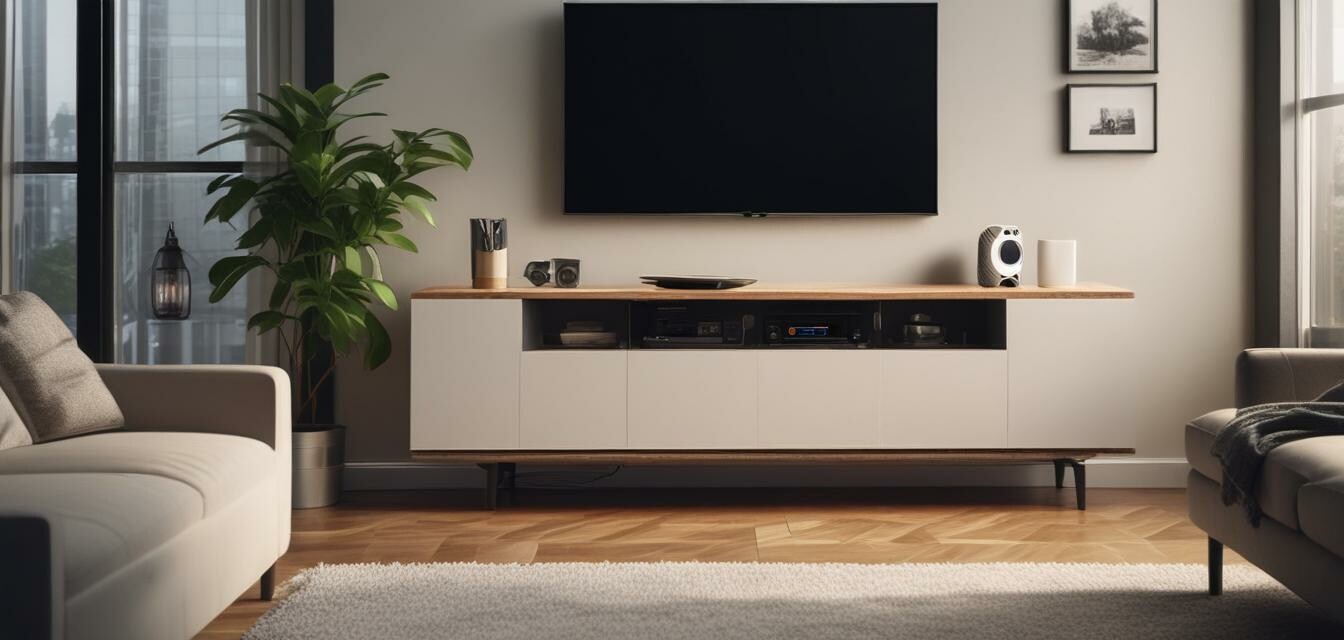
How to Set Up a Smart Home Network
Key Takeaways
- Assess your home’s layout to determine the best networking equipment.
- Choose a high-quality router for optimal connectivity.
- Consider using a mesh network for larger homes.
- Secure your network with strong passwords and encryption.
- Stay updated with software and firmware for security and performance.
Creating a smart home network is essential for ensuring that your devices maintain seamless connectivity and work together efficiently. A well-configured network can enhance your experience with smart gadgets, from lighting to security systems. In this step-by-step guide, we’ll walk you through setting up your smart home network effectively.
Step 1: Assess Your Home Layout
Before diving into equipment purchases, take some time to assess your home layout. Consider the following factors to plan better:
- Area Size: Measure the areas where smart devices will be used.
- Obstacles: Identify walls or furniture that might obstruct signals.
- Device Locations: Note where you’ll set up devices and how many you plan to use.
Step 2: Choose the Right Router
Your router serves as the backbone of your smart home network. Here are some points to consider:
- Router Specifications: Look for dual-band or tri-band routers for better performance.
- Speed: Choose a router that meets your internet speed requirements.
- Smart Features: Some routers offer features specifically designed for smart homes.
Top Router Brands to Consider
| Brand | Feature | Price Range |
|---|---|---|
| Netgear | Smart parental controls | $$ |
| TP-Link | Easy setup process | $ |
| Asus | Advanced gaming features | $$$ |
Step 3: Consider a Mesh Network
If your home is large or has several floors, a mesh network can provide better coverage:
- Mesh networks consist of multiple nodes to extend coverage.
- They eliminate dead zones for seamless connectivity.
- Easy to expand if more devices are added in the future.
Step 4: Set Up a Secure Network
Security should be a top priority. Follow these guidelines:
- Change Default Passwords: Always change the factory settings to personal passwords.
- Use WPA3 Encryption: This provides an extra layer of security.
- Enable Guest Wi-Fi: Keep guest devices separate from your smart devices.
Common Security Tips
| Tip | Description |
|---|---|
| Update Firmware | Regular updates ensure your router has the latest security patches. |
| Use Strong Passwords | Create complex passwords that are difficult to guess. |
| Monitor Device Access | Regularly check connected devices to identify any unauthorized access. |
Step 5: Connect Your Devices
Now it’s time to connect your smart devices. Here’s how:
- Download the specific apps for your smart devices.
- Follow in-app instructions to connect each device to your network.
- Group devices for easier control, e.g., lights in the living room.
Step 6: Test Connectivity and Performance
Lastly, check that your network is working effectively:
- Ensure devices respond promptly to commands.
- Test the network’s speed using online speed test tools.
- Adjust device locations if certain areas have weak signals.
Performance Enhancement Techniques
| Technique | Description |
|---|---|
| Wi-Fi Extenders | Extend your Wi-Fi coverage to include hard-to-reach areas. |
| Prioritize Devices | Most routers allow you to prioritize bandwidth for smart devices. |
Pros
- Enhanced home automation
- Increased security features
- Convenient control via smart devices
- Energy efficiency through automation
Cons
- Initial setup can be complex
- Potential compatibility issues
- Ongoing network maintenance required
Final Thoughts
By following this guide, you have successfully set up a smart home network that enhances the convenience, security, and efficiency of your living space. Make sure to explore more about smart home trends and keep your devices updated for a better experience. For further insights on decorating with smart gadgets, or to find innovative gadgets for your home, feel free to check out our blog!